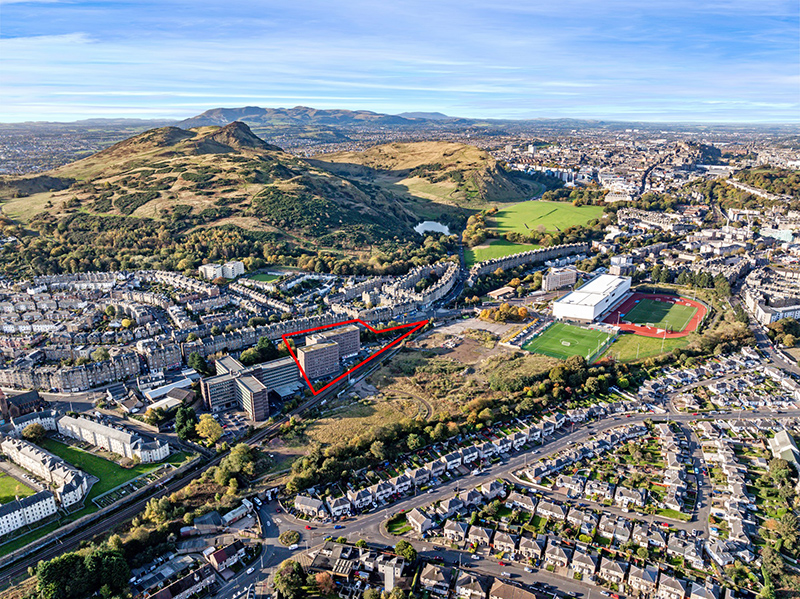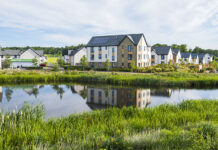
CALEDONIAN Trust has appointed Scarlett Land and Development to market 151 London Road (St Margaret’s House) in Edinburgh.
The 1970s-built property, owned by Caledonian Trust since 1988, has been a key asset for the organisation, having been previously let to the Scottish Government.
The site has detailed and implemented planning consent, which allows for the development of a mixed-use scheme, including 361 Purpose-Built Student Accommodation (PBSA) and 107 residential units.
The PBSA will comprise 277 studios and 84 cluster units. The residential component will feature 107 homes, with 25% designated as affordable housing.
The regeneration of 151 London Road will also complement the neighbouring Meadowbank masterplan, which has already received approval for the construction of approximately 700 new homes and community facilities.
151 London Road is currently let to Edinburgh Palette, a social enterprise and charity supporting creative businesses. Caledonian Trust has worked with Edinburgh Palette for over 15 years, providing subsidised rents under rolling agreements to assist the organisation in its mission. However, as part of its long-term strategy to see the site sold and revitalised, Caledonian Trust has decided to bring the property to market.
Michael Baynham, director, Caledonian Trust, said, “151 London Road has been an important asset for Caledonian Trust for many years, and we are committed to ensuring that its redevelopment will benefit both the local community and the wider city of Edinburgh. We recognise the valuable work of Edinburgh Palette and the positive impact it has had on the local creative sector, but we also understand the urgent need for new homes in this area. This development presents a significant opportunity to help address the city’s housing challenges and support the long-term regeneration of the region.”
Will Scarlett, founder of Scarlett Land, added, “151 London Road is one of the last large-scale sites in Edinburgh available for PBSA development, especially considering recent changes to planning policies and competing demands for space. The implemented student accommodation and residential consent complements the well-established student and residential community in the area, benefiting from excellent connectivity and local amenities.”











